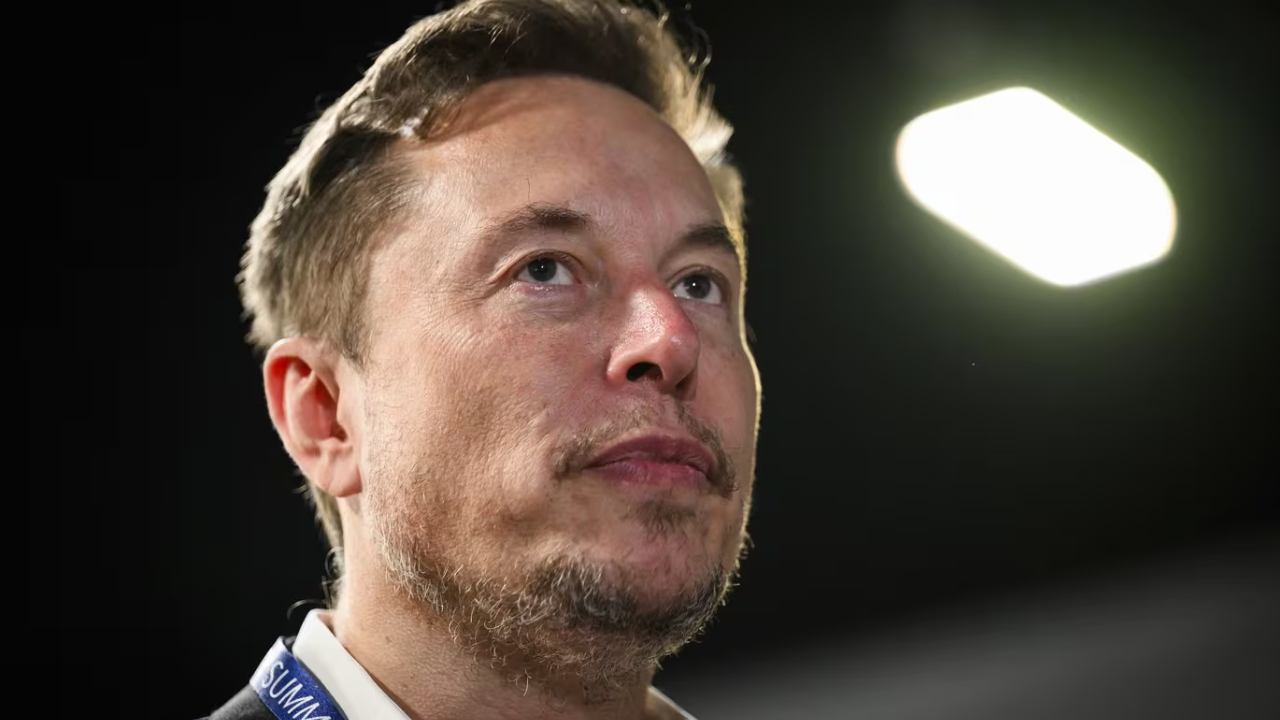
In early October 2025, night skies worldwide were lit by spectacular fireballs. Observers across the US, Europe, and Asia filmed brilliant streaks of light, which turned out to be SpaceX Starlink satellites burning up on reentry.
These multi-second “artificial meteors” fascinate the public, but astronomers warn that the trend signals an unforeseen environmental and regulatory crisis.
Federal regulators are sounding alarms about safety violations while atmospheric scientists warn the unprecedented disposal rate could cost Americans billions annually through climate damage as aluminum emissions alter global temperature patterns and accelerate atmospheric warming.
Surging Reentry Rates
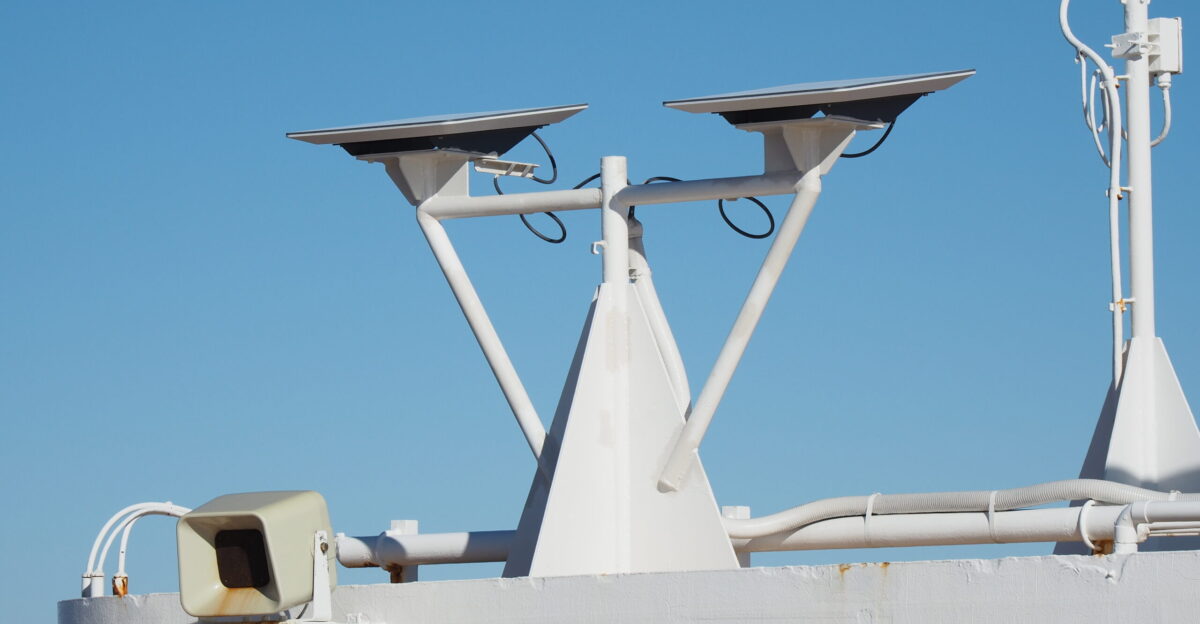
Meanwhile, experts report unprecedented Starlink disposal. Harvard astrophysicist Jonathan McDowell notes up to four Starlink sats now reenter per day – a figure projected to rise toward five daily as the constellation expands.
SpaceX already flies ~8,000 active Starlinks (roughly 80% of all LEO satellites), far more than any other operator. This pace dwarfs the mere tens of annual satellite deorbits seen before 2019.
Rise of Megaconstellations
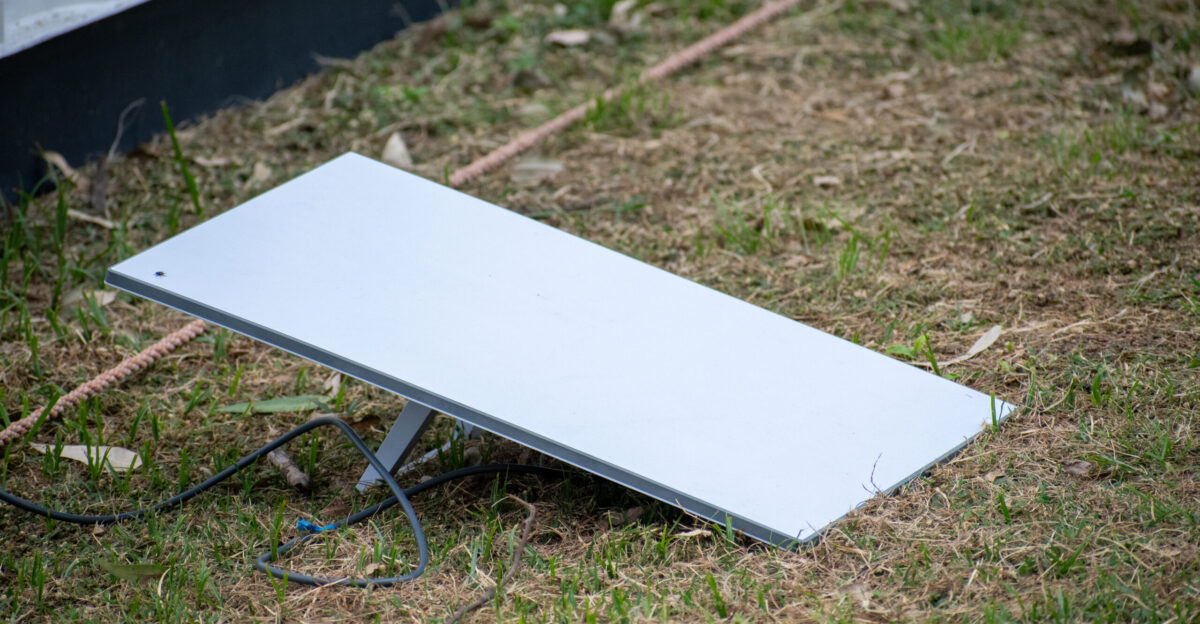
SpaceX launched the first operational Starlinks in late 2019. Over 8,400 are now in orbit – roughly 80% of all low-Earth satellites. Each carries only a ~5-year fuel supply, after which it must be replaced.
In contrast, legacy satellite constellations numbered only dozens of spacecraft. Sustaining global coverage and avoiding collisions thus requires constant replacement and disposal of old Starlinks.
Aluminum in the Sky
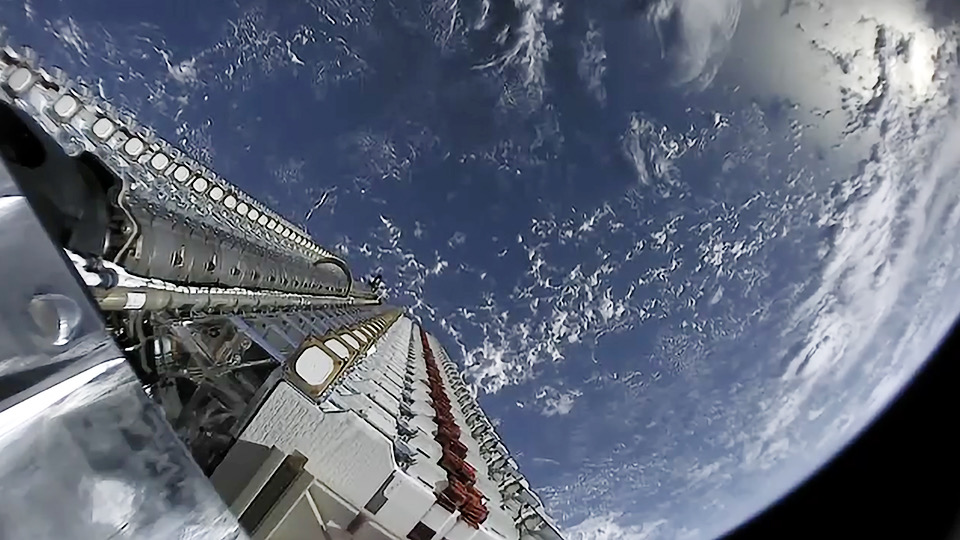
By design, each deorbiting Starlink sprays up to 30 kg of aluminum oxide into the stratosphere. Many scientists find this ‘disposable’ model catastrophic. Space.com reports that “too much aluminum is burning up in the atmosphere,” potentially a new kind of environmental disaster.
These metal particles linger for years, reflecting sunlight and even catalyzing ozone destruction – effects our atmosphere hasn’t faced before.
FAA Enforcement Clash
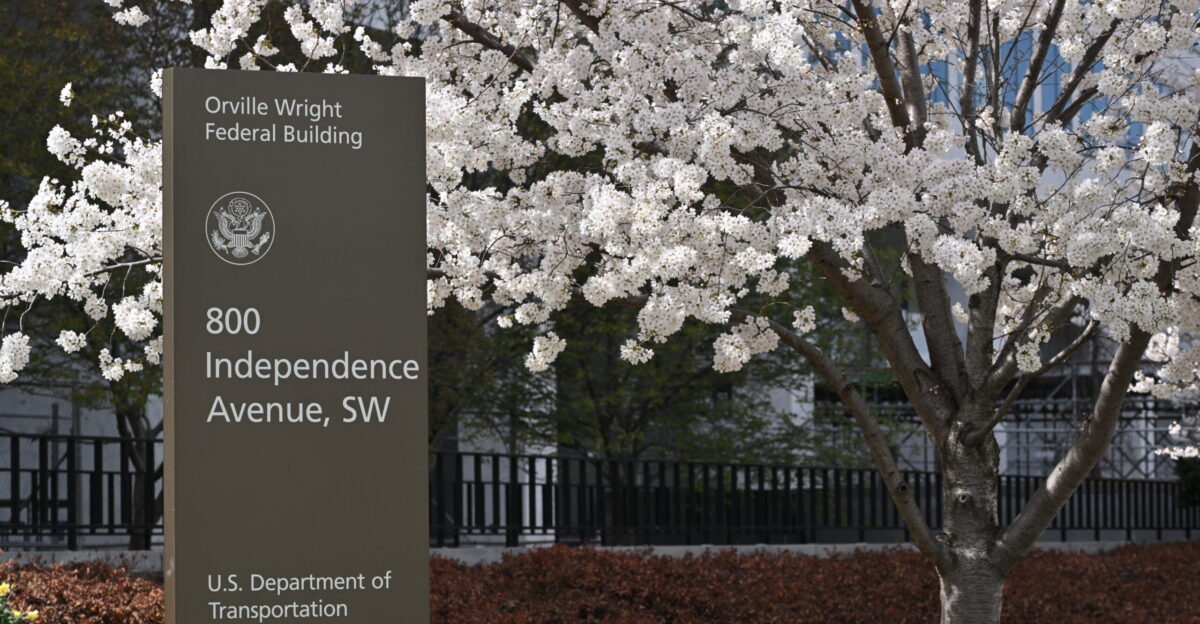
In September 2024, the FAA sounded alarms against SpaceX: it proposed $633,009 in penalties for safety lapses in two 2023 launches.
FAA chief counsel Marc Nichols sounded the alarm flatly: ‘Failure of a company to comply with safety requirements will result in consequences’. SpaceX responded defiantly. Elon Musk said the FAA’s action was “politically motivated” and “will be filing suit against the FAA for regulatory overreach”.
FAA Adopts Starlink Tech
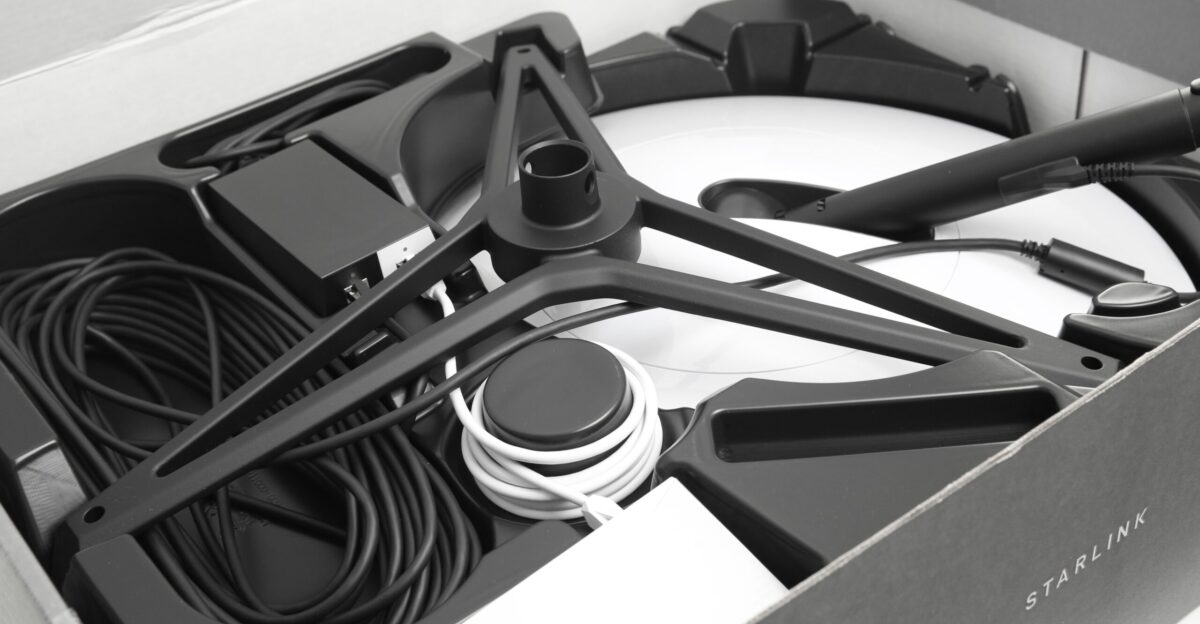
Ironically, the FAA is now testing Starlink itself. Bloomberg reports 41 Starlink terminals are installed at FAA sites (28 in Alaska, 11 in Oklahoma) for possible system upgrades.
Industry sources say roughly 4,000 Starlink units have been delivered for FAA evaluation. The move follows years of communication gaps: Alaska control towers now use Starlink to restore real-time weather and data to remote regions.
Industry Voices Diverge

Industry insiders are mixed. Some satellite consultants note that no collisions have occurred under SpaceX’s controlled deorbit regime. Airlines executives told CNBC they see no current threat to flights.
But others sound alarms: NOAA scientist Daniel Murphy warns we’re treating the upper atmosphere as ‘an uncontrolled experiment.’ The debate reflects how little we know about the long-term impacts of continual deorbiting.
Competitor Caution
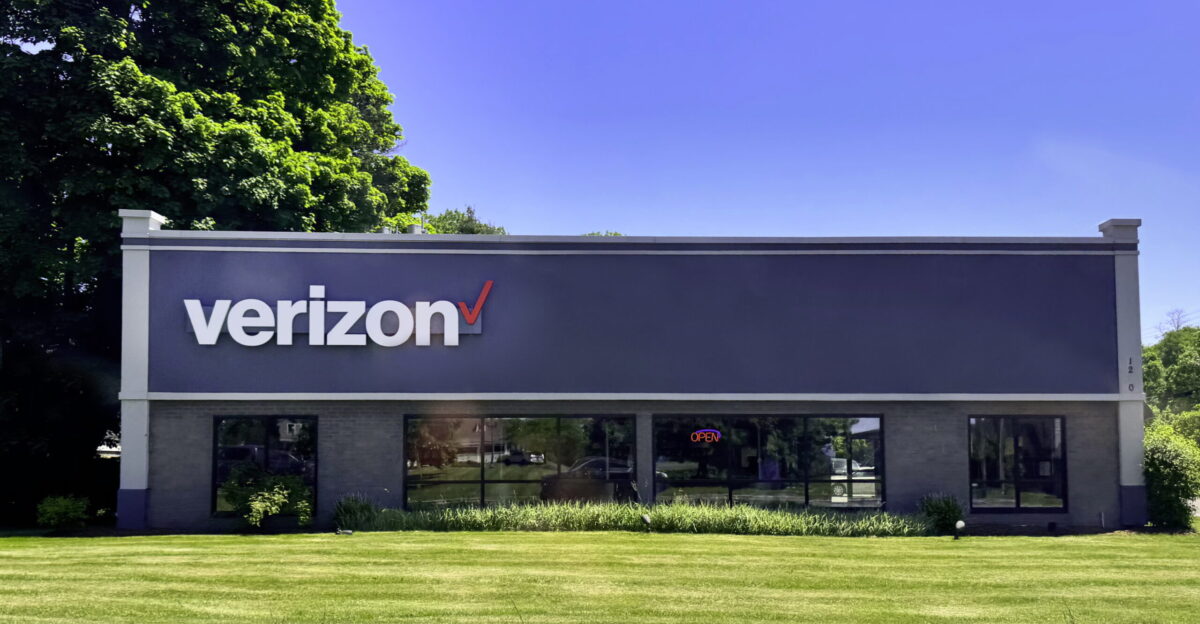
Traditional competitors are uneasy. Verizon – which lost an FAA communications contract to Starlink – emphasizes that Americans deserve a “safe and functioning air traffic control system.” SpaceX insists its satellites fully vaporize on reentry, noting they are designed so “there [are] no surviving fragments” (as company filings claim).
Meanwhile, European regulators are calling for global limits on constellation size and reentry emissions.
Stratospheric Science
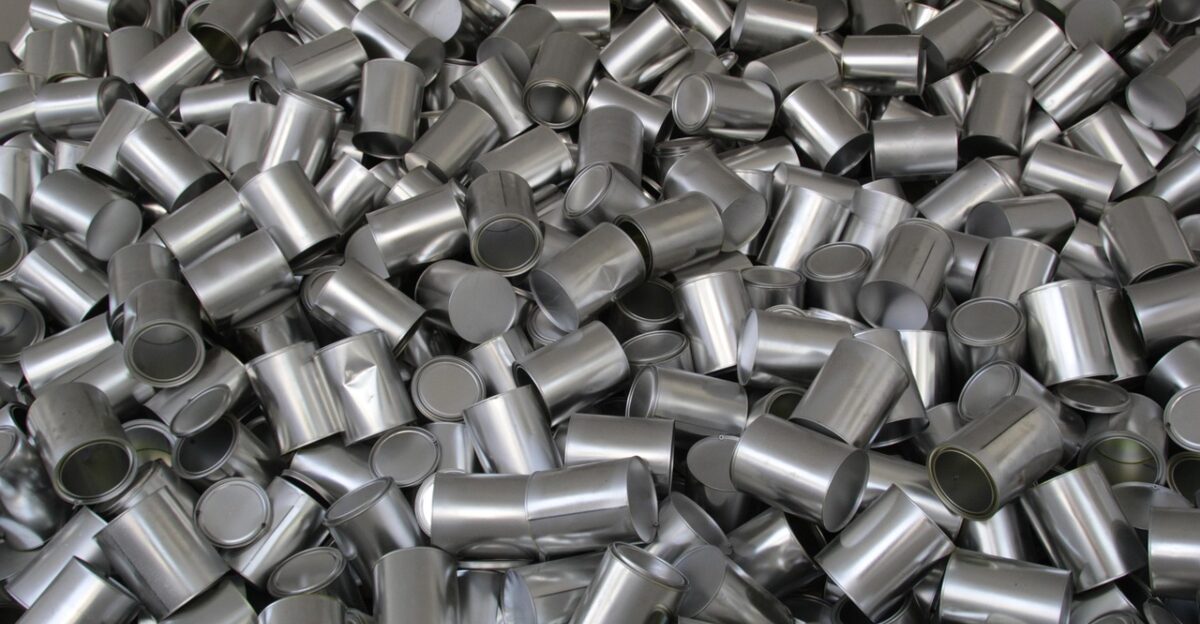
New data confirm metal-rich aerosols from spacecraft. Studies find aluminum and other elements in ~10% of 60 km-altitude particles. Those aluminum oxides can react with chlorine to unleash ozone-depleting compounds.
As one atmospheric researcher warned, ‘we are essentially seeding the upper atmosphere with materials we don’t fully understand’. The sudden influx of metals means we’re unintentionally conducting a large-scale geoengineering experiment with potential economic costs reaching billions in climate and health impacts.
Atmospheric
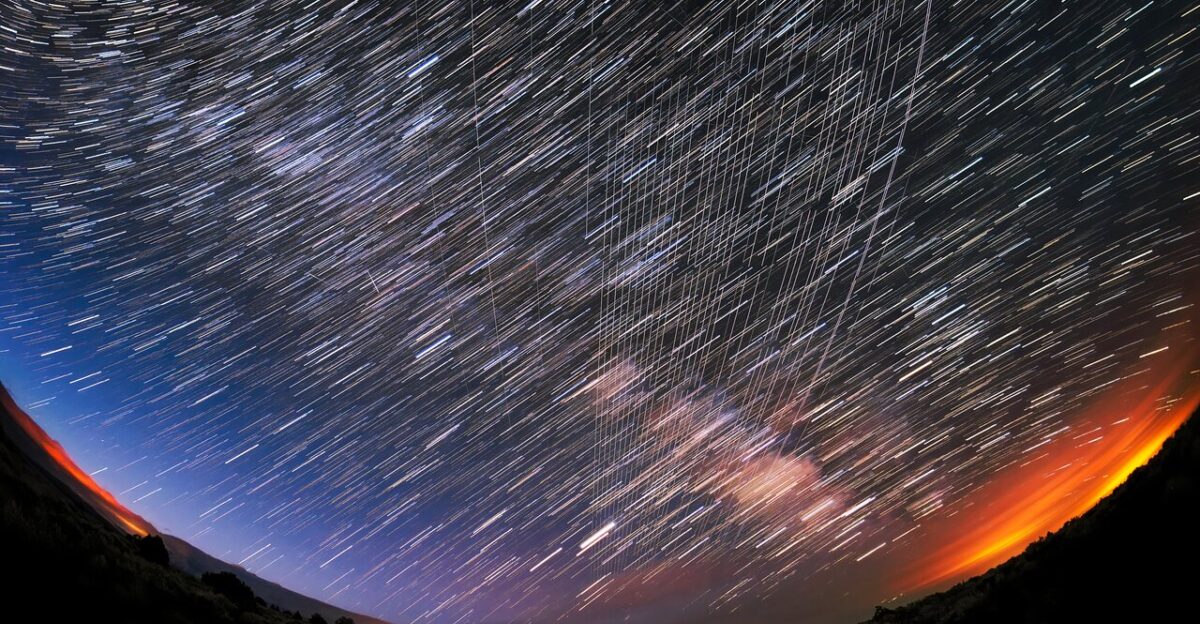
Each first-gen Starlink tosses ~30 kg of aluminum oxide into the upper air on reentry. At today’s disposal rate, that totals on the order of 15–20 metric tons per year – roughly 30% more than the natural meteoric aluminum input – creating atmospheric warming effects that economists estimate could cost Americans billions in climate damage.
The “Great Starlink Re-Entry Event” of Dec 2024–July 2025 alone dumped an estimated 15,000 kg of metal vapor into the mesosphere.
Regulatory Irony
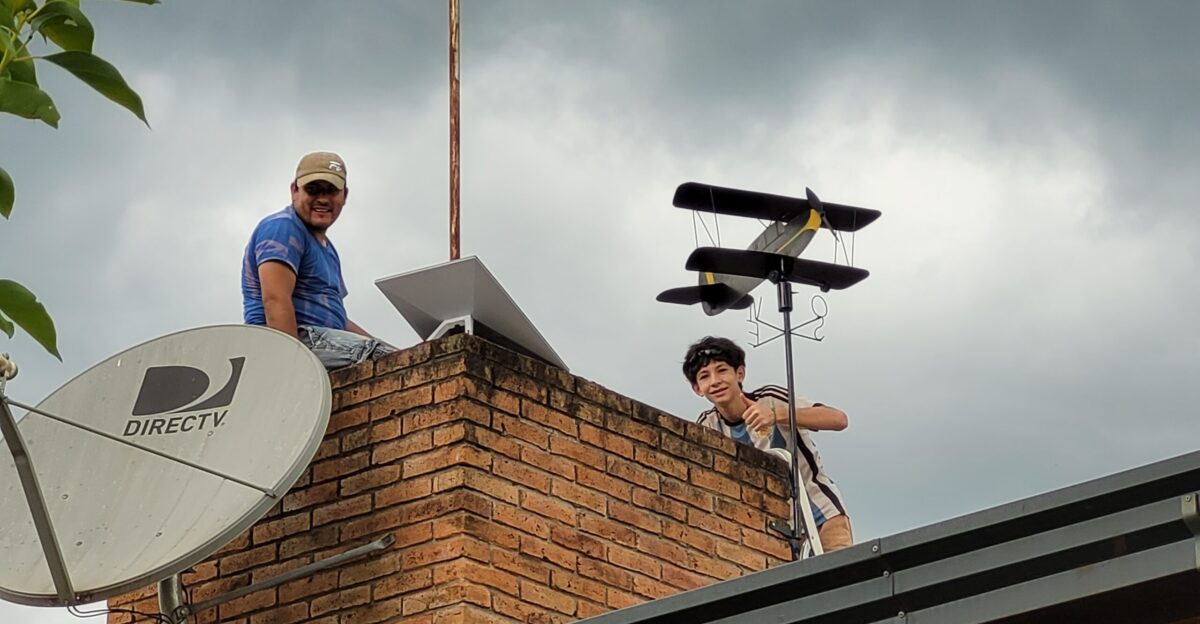
SpaceX’s public posture has flipped. In Congress, the FAA raised alarms demanding SpaceX operate at ‘the highest level of safety’. SpaceX hit back: “Every statement [the FAA] made was incorrect,” the company said, adding it is “the safest, most reliable launch provider”.
Meanwhile, lawmakers are questioning whether a single company under FAA oversight should also run critical aviation infrastructure.
Upgrading the Fleet
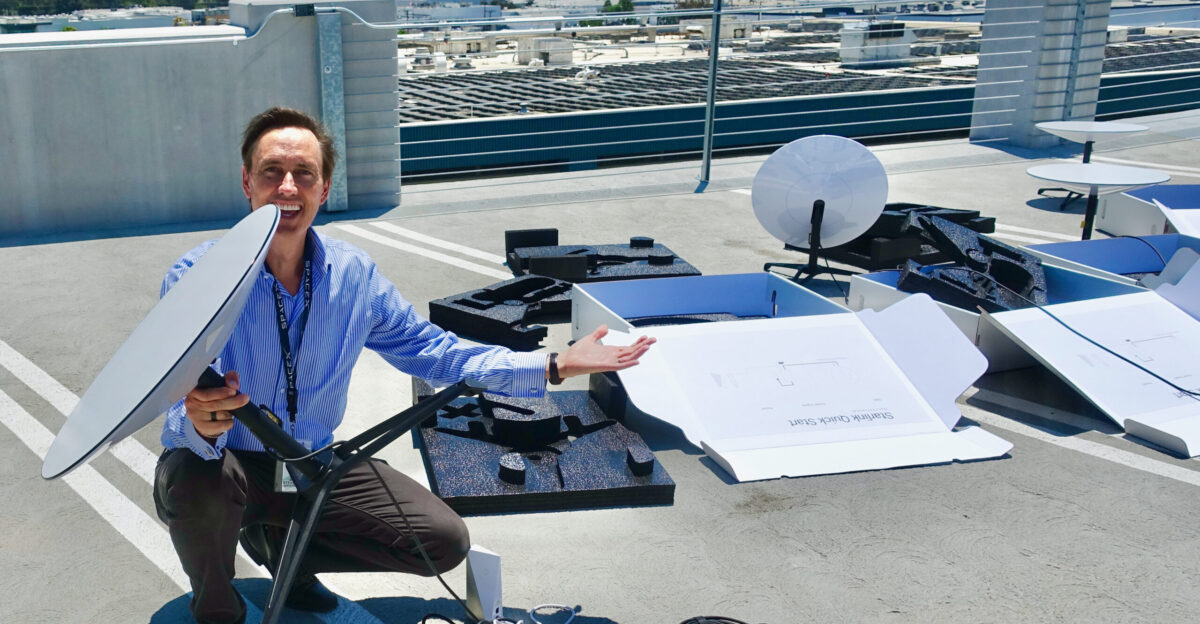
SpaceX has accelerated the deorbiting of older Starlinks to make room for new Version 2 satellites. These V2 units weigh about 800 kg – nearly three times the original 260 kg design. Each retirement thus injects far more mass into the atmosphere.
SpaceX still claims the sats vanish on reentry: regulators were told the vehicles are built for “full demise,” vaporizing completely so “no fragments” survive.
Toward In-Orbit Servicing
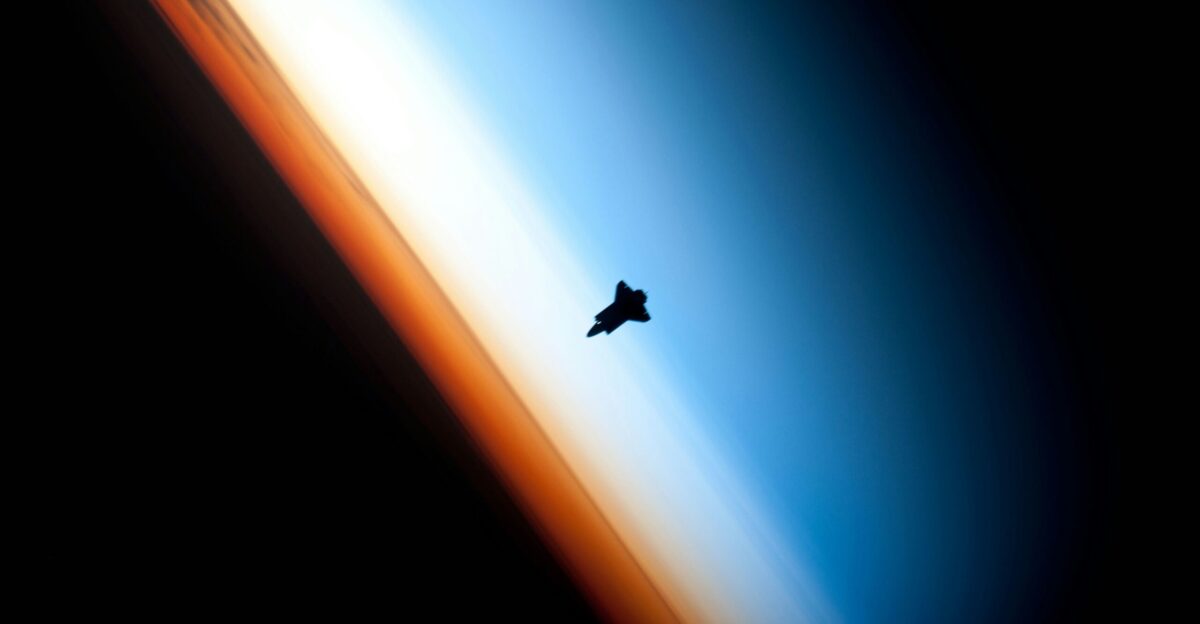
To reduce waste, firms explore in-orbit servicing: refueling, repairs, and recycling. Arkisys CEO Dave Barnhart sums it up: “Everything we have designed to go into space has been one mission, one life…It’s sort of crazy”.
European planners envision an orbital circular economy – fuel depots and robotic servicing – but those solutions remain at least years away from reality.
Expert Skepticism

Uncertainty remains high. Atmospheric chemist John Plane says without “critical laboratory measurements” of the chemistry, impacts are hard to predict. Others stress that more data is needed before rules.
Meanwhile, McDowell puts it bluntly: projections range from “too small to be a problem” to “we’re already screwed”. His point: plausible outcomes cover best- to worst-case scenarios.
Megaconstellation Dawn
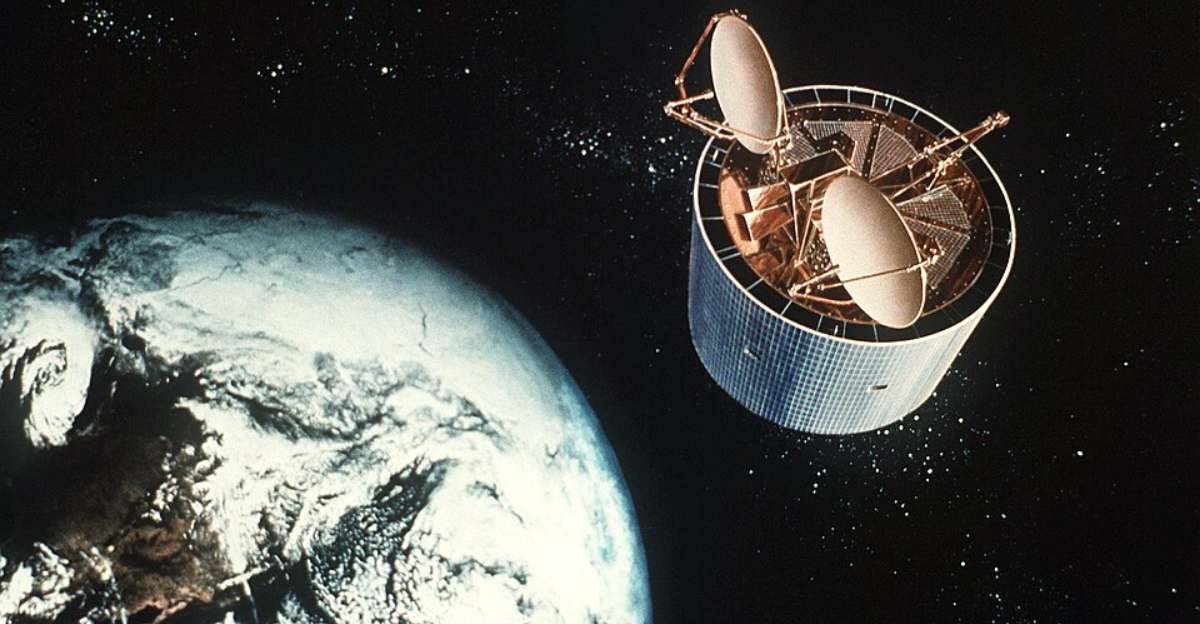
SpaceX is approved for up to ~42,000 Starlinks, and competitors are also planning mega-constellations.
Today’s rate of one to five reentries per day is just a beginning. If disposal scales with deployment, the upper atmosphere could become a continuous parade of burning satellites. Whether this proves sustainable or catastrophic will define space policy in the coming decades.
Congressional Crossroads
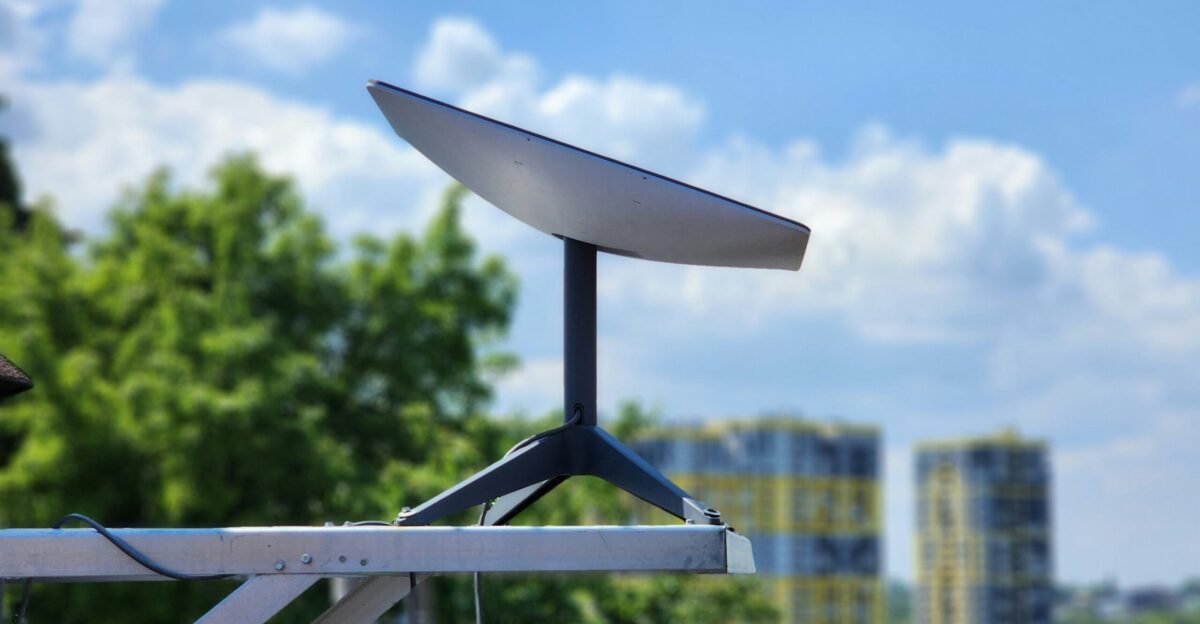
Some GOP lawmakers propose directing large grants to Starlink via the $42.5B BEAD broadband program. Democrats warn of conflicts: a Reuters report notes SpaceX could claim roughly $20B under new rules – billions in taxpayer funds flowing to operations causing atmospheric damage with billion-dollar climate consequences.
Debates are growing over whether taxpayer funds should build networks now implicated in environmental and safety concerns that could cost Americans billions in long-term climate damage.
International Fallout

No global rules yet govern satellite reentry pollution. Each country sets its own limits. Experts caution that this mismatch risks transboundary harm.
A Times of India report quotes scientists emphasizing “the need for international cooperation” to ensure satellites don’t create irreversible atmospheric or orbital hazards. How the U.S. regulates constellations will likely set the tone worldwide.
Legal Showdown

SpaceX’s threatened lawsuit will set a legal benchmark. Will the courts let a company under FAA oversight challenge agency safety rules? Law professors note the novelty of a regulated entity becoming its regulator’s key contractor.
The case may define the balance between federal oversight and Silicon Valley’s urge to innovate in space.
Public vs. Scientific Lens
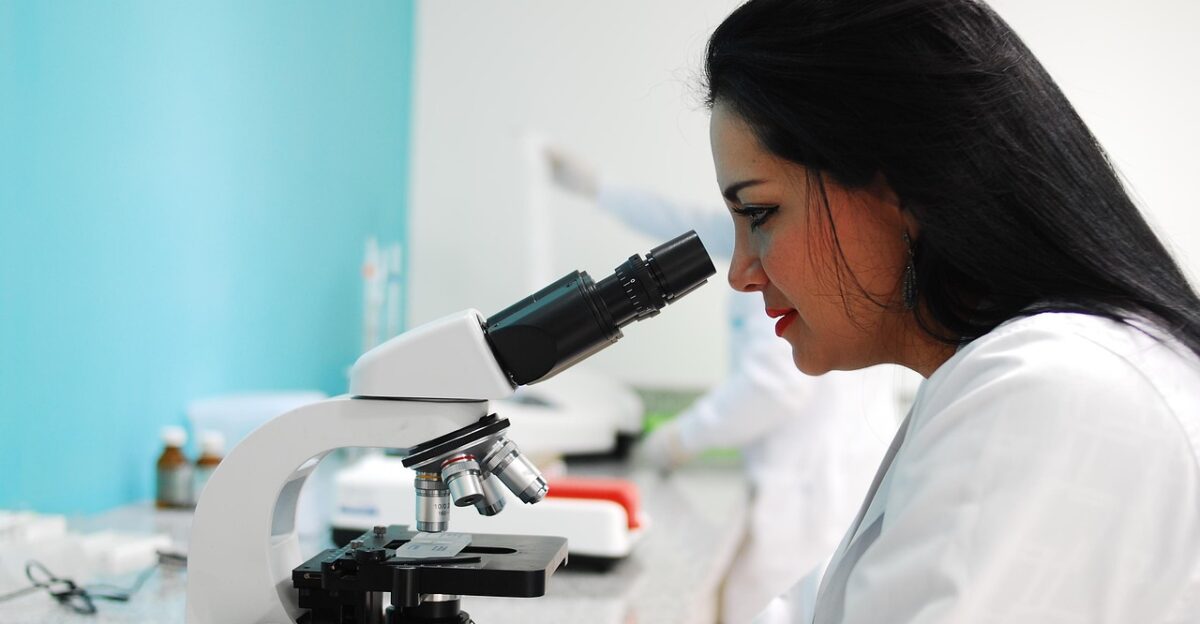
To many observers, these nightly reentries are a spectacular light show. Viral videos of fireballs flood social media – often mislabeled as meteor showers or UFOs. Amateur astronomers celebrate the spectacle.
But scientists warn this fascination masks a deeper problem: the high frequency of these events reflects unprecedented stress on our atmosphere and orbits. The gap between wonder and scientific alarm underscores a new reality: a sky crowded with satellites.
Shared Atmosphere, Shared Fate
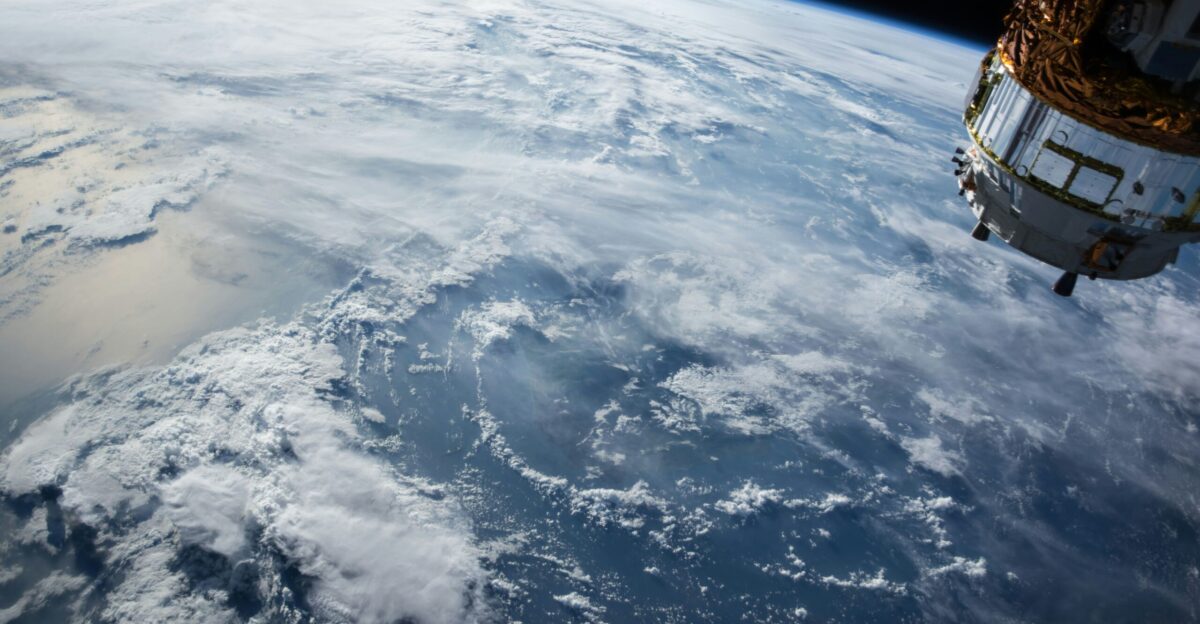
Starlink’s fireballs represent humanity’s first large-scale atmospheric experiment. Whether this will be remembered as a symbol of the space age or a planetary-engineering blunder is still unclear.
“This is a shared sky,” says astrophysicist Jonathan McDowell, urging open monitoring to ensure what’s spectacular today doesn’t become problematic tomorrow.
Time will tell whether this atmospheric experiment becomes humanity’s costliest environmental disaster, with early estimates suggesting billion-dollar annual impacts as the FAA continues sounding alarms about an industry spiraling beyond regulatory control.